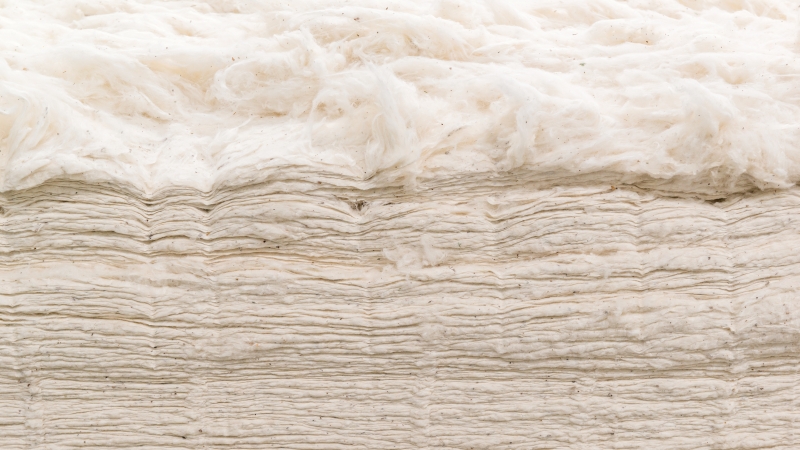Texas Growers Produce More With Less
Five years ago, the Roye family farming operation began to counter a limited irrigation water supply by implementing a cotton/wheat rotation. The Royes found that they can make more pounds off fewer acres by concentrating their available water on cotton, and sometimes they even make a good wheat crop.
“Cotton is our main crop as far as number of acres, but several years ago we started a rotation program using wheat,” says Dwight Roye, who farms with his sons, Bart and Bubba, near Ralls, TX. “Our pivots don’t have enough water to make a full circle of cotton in an average year, so we have cut back our cotton acres anywhere from a fourth to a half under most of our pivots and we plant wheat behind cotton.
“Most years the wheat yields are not very good because we get it in so late behind our cotton harvest, so we mainly plant wheat as a cover crop,” he continues. “But last year was one of those rare years where we made an exceptionally good wheat crop, combined with high wheat prices.
Roye adds that he thinks the cotton varieties that they now grow make a significant difference in yield and fiber quality. “The cotton genetics that we plant right now are tremendous compared to what we had several years ago,” he says. “Today’s cotton varieties will do more with the same inputs than the varieties we had several years ago. The genetics and the seed technology remain our hope of staying in business.”
The Royes grow both NexGen and Americot varieties: NG 3410 RF, NG 3348 B2RF, NG 4111 RF and AM 1532 B2RF. “We plant NG 4111 RF on both dryland and irrigated land. AM 1532 B2RF has been a very consistent yielder. It doesn’t require a whole lot of management, it has good stormproofness and it grades well,” Bart Roye says. “NG 3410 RF works very well for us on our dryland fields.”
It’s Precise
In addition to planting the right combination of cotton varieties, precision ag — variable-rate applications and GPS technology — has helped increase efficiencies. GPS systems are installed on their tractors.
“GPS helps us apply fertilizer exactly where we need it,” says Bubba Roye. “Additionally, it enables us to layout rows accurately for our drip tape. With GPS, if you get hailed out, or you have to tear down your rows and start over, you can go back and put the rows where they originally were. I can’t imagine anybody farming now without the GPS technology.”
And the Royes were some of the first growers in their area to strip-till — a practice that has become more common in their area over the last two years. “We were looking for a way to keep from going over the ground so much,” says Dwight. “We wanted to leave some residue to keep the soil from blowing, and then be able to plant. Strip-till gives us residue that protects the seedlings.”









